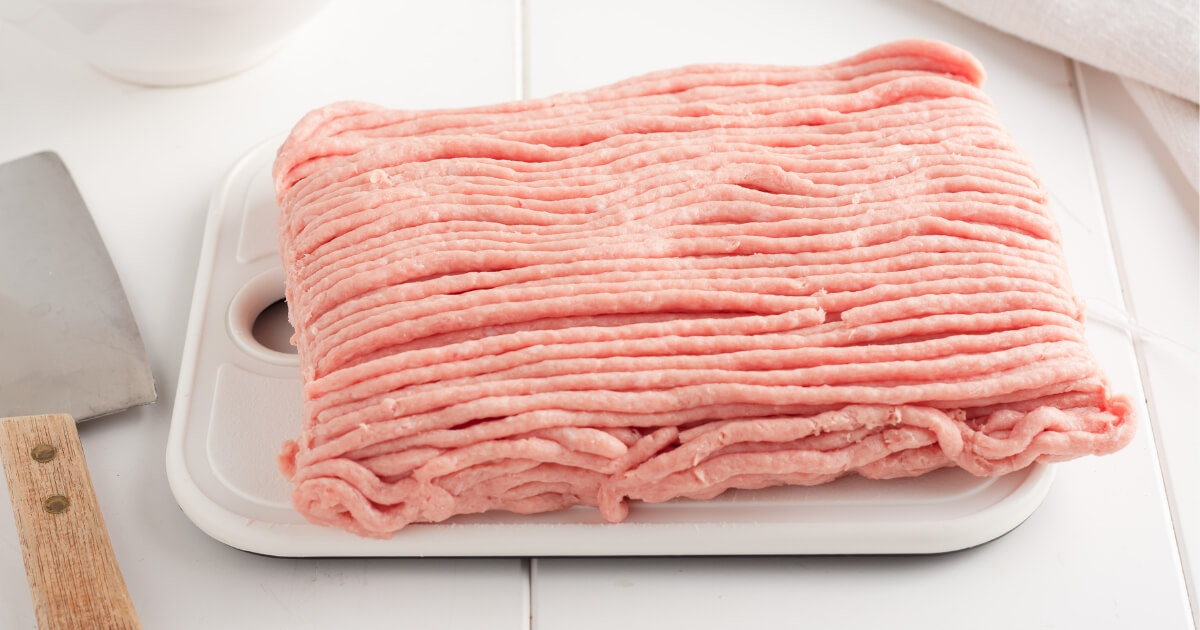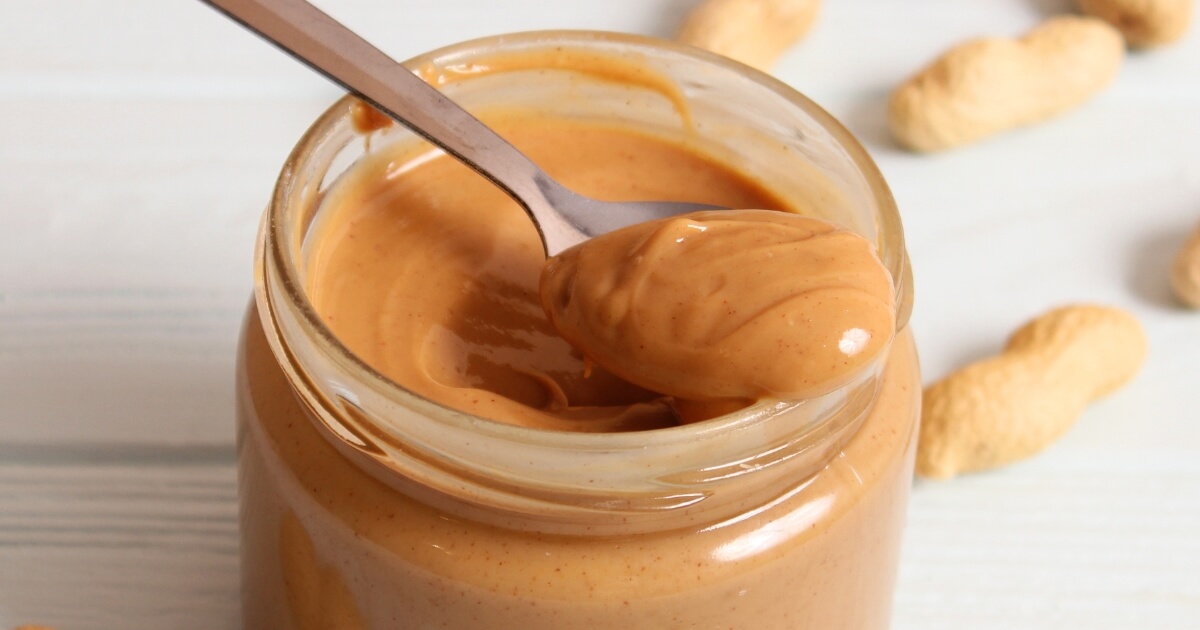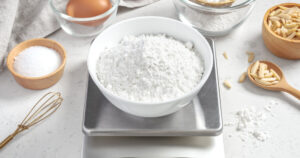Flour might just seem like a simple bag in the back of your pantry, but its shelf life is something to think about. Can that bag of flour go bad?
Yep, but how long flour lasts depends on many factors and conditions. You’ll generally want to use an opened bag within two months. But there’s more to it than that.
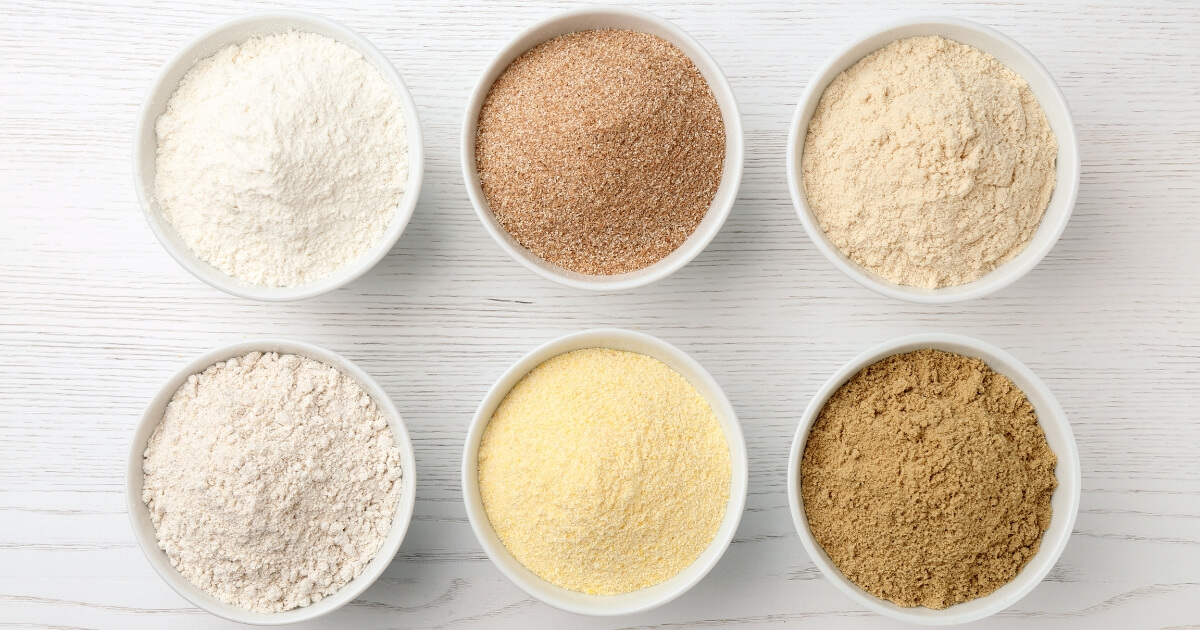
In this guide, I’m dishing out the nitty-gritty on flours of all types, from the all-purpose workhorse to gourmet players like almond and coconut. I’ll walk you through keeping them fresh and spotting the signs when they’re past their prime.
How Long Are Flours Good For?
Every type of flour, from the everyday white all-purpose to the more unique nut flours, has its own shelf life. Here’s a quick chart to help guide your pantry check:
| Type of Flour | Shelf Life | Storage Method & Notes |
|---|---|---|
| All-purpose Flour | 1 year (longer if refrigerated/frozen) | Airtight container, cool & dry place. |
| Bread Flour | 4-6 months | Best in airtight containers. Refrigeration extends life. |
| Cake Flour | 6 months – 1 year | Airtight container in a cool, dry place is key. |
| Whole wheat Flour | 3-6 months (longer if refrigerated/frozen) | Due to oil content, it spoils faster. Store cool & dry. |
| Nut flours (e.g., almond, coconut) | 3-6 months | Store in fridge or freezer to extend shelf life. |
| Pastry Flour | 6 months – 1 year | Similar to cake flour. Airtight and cool. |
| Self-rising Flour | 4-6 months | Keep dry. Leavening agents lose potency over time. |
| Refined white flours (all-purpose, bread, cake, etc.) | Over 1 year | Airtight, cool, and dark storage recommended. |
| Higher-fat flours (buckwheat, coconut, almond) | Half that of all-purpose | Refrigerate or freeze for better shelf life. |
| Whole grain flours (whole wheat, rye, spelt) | Faster spoilage due to fats | Airtight containers. Refrigerate to extend life. |
Now that you know how long different flours last, you might be wondering how to tell if they’ve gone bad. Don’t worry. I’ve got you covered! Keep reading for all the signs of spoiled flour, from musty smells to the dreaded flour beetles. Let’s keep your baking top-notch and your flour fresh!
In The Pantry
A brand-new, sealed bag of flour can hang out comfortably until its best-by date, but once you open the bag, aim to use it within 2 months to keep your baking top-notch.
Over time, even at room temperature, flour can get a little tired, maybe even a bit smelly, if it’s hanging around other items in your pantry, like onions.
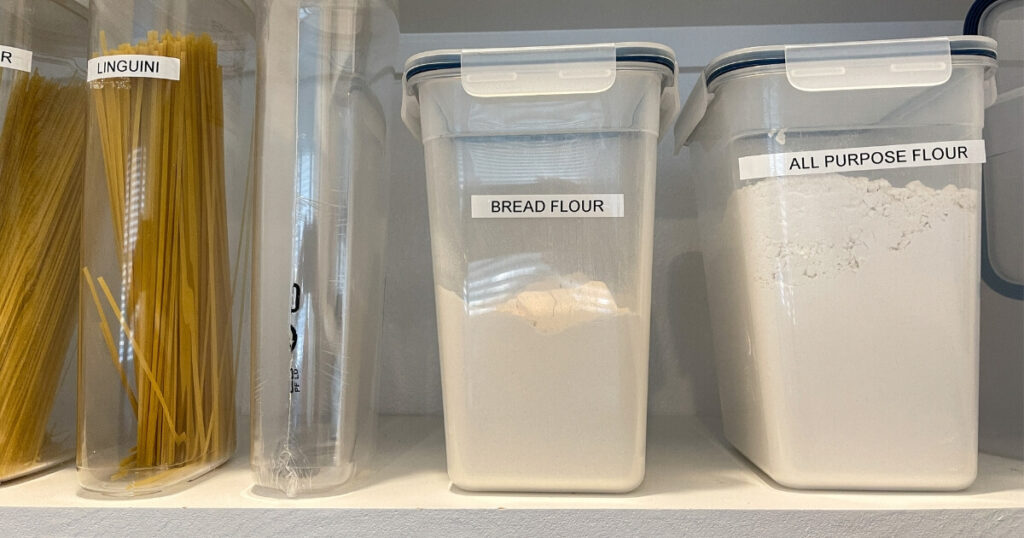
And hey, that original bag just won’t cut it for long-term storage, so don’t rely on it. It’s best to store it in an airtight container or large Ziploc bag for a cozy, dry home that keeps the nasties at bay.
In The Fridge
The fridge offers a cool place for flour, slowing down the spoilage process, especially for whole-grain and nut flours with higher fat content. Stored this way, flour can maintain its quality for up to a year beyond its pantry shelf life.
But you’ll need to seal it well to ward off any fridge odors and to keep it dry. A good tip for fridge storage is to let the flour come to room temperature before using it to avoid any unwanted moisture in your recipes.
In The Freezer
Freezing flour can dramatically extend its shelf life, making it a smart move for long-term storage. Flour can last several years in the freezer without losing much quality when properly sealed in an airtight container or freezer bag.
To keep your flour in tip-top shape in the freezer, just make sure it stays dry. Mark the freeze date on the container or freezer bag as a little breadcrumb trail to when it went in.
And when it’s go-time for baking, take out what you need and then let the flour warm up on the counter. Never let the whole bag thaw and put it back into the freezer, as this will lead to moisture issues and start the freezer burn process.
How To Tell If Flour Is Bad
Remember, spoiled flour isn’t just a recipe for a baking flop. It’s also a health hazard. When in doubt, toss it out and restock with fresh flour to keep your baking game strong and safe.
Here are a few signs of spoilage to watch out for:
- Strange Smell: If your flour has a musty or sour smell, it’s a clear sign that it’s gone bad. This off smell usually happens due to moisture, which can cause mold growth. Using flour with a bad smell can affect the taste and safety of your baked goods.
- Change in Color: Flour should be a natural white, off-white, or creamy color, depending on the type. If you notice any yellowing or discoloration, it’s a signal that the flour is old or contaminated.
- Presence of Clumps: Normally, flour has a soft, powdery texture. If you find hard clumps in your flour, it means moisture has gotten inside the bag. These clumps can harbor mold or bacteria, making the flour unsafe to use.
- Pests in the Flour: Finding bugs or their traces in your flour is a surefire sign it’s time to toss it. Pests like flour beetles can get into the bag and lay eggs, contaminating the flour. Even if freezing knocks them out, it’s better to start fresh because, let’s face it, who wants to bake with that?
What Happens If You Use Expired Flour
Using expired flour might not always lead to disaster, but it’s not without risks. The biggest concern is a decline in quality. Your baked goods may not rise as expected, especially if you’re using self-rising flour where the baking powder loses its effectiveness.
Expired flour can also affect the flavor of your dishes. It might taste stale or off, which can throw off the taste of your recipes. In which case, you should opt for a good flour substitute.
In rare cases, using rancid flour can lead to foodborne illnesses, especially if it hasn’t been cooked thoroughly. So, while using slightly expired flour isn’t always a big deal, it’s best to err on the side of caution for the best results and safety.
Flour Shelf Life FAQs
How long does flour last in the fridge?
Your flour can last a cool year in the fridge beyond what the pantry promises, especially if we’re talking about whole-grain or nutty types. Just make sure it’s sealed up tight to fend off any unwanted moisture or odors.
Can you store flour in the freezer?
You can store flour in the freezer, which can extend its shelf life significantly, sometimes even doubling it compared to pantry storage. Just make sure it’s in an airtight container or freezer bag to help prevent moisture and freezer burn.
Can you use flour 2 years out of date?
Using flour that’s 2 years out of date isn’t recommended. The quality likely has deteriorated, which can negatively impact your recipes.
Can flour go bad and make you sick?
Yes, flour can go bad and potentially make you sick. It could harbor harmful bacteria if it has a musty odor, discoloration, or any signs of mold. If you’re in doubt, get rid of it.




